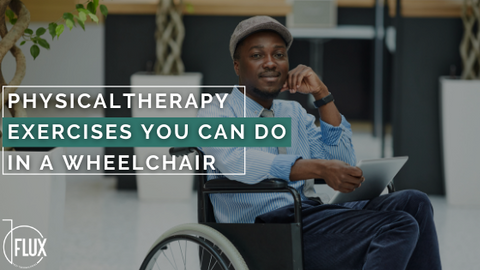Social workers and patient advocates provide assistance at the critical moment when a stroke survivor leaves the inpatient rehab facility to live at home. While some patients have healthy relationships with friends and family who are able to help them settle in and get used to living independently, others may have a harder time with this period of adjustment. New symptoms such as depression and limited mobility can keep patients from enjoying activities they used to love and asking for assistance that might help them live a fuller life.
In addition to helping your patients create plans for outpatient therapy and medical care, it’s important that you give them opportunities to pinpoint other areas where they might need additional support.
Here are some topics to review with your clients before they leave the facility:
Make sure the patient knows who to ask for help and social support
It’s easy enough to find out if the patient lives with others or alone, and who they talk to on a regular basis that might be able to help with tasks around the house. But in reality, your patient will likely need several kinds of relationships and helpers to feel secure and confident living at home. Try inverting the question to ask who they will call to help with specific things such as home repair and modifications, moving heavy objects, running errands and even emotional support for rough days.
Create a plan for mental and emotional wellbeing
If your patient can no longer work or do certain activities that used to occupy their time, they may risk developing depression or unhealthy habits that lower their quality of life. Get to know your patient and what they like to do. If there is no way to modify these activities or your client knows they will be spending more time at home, come up with some new hobbies or practices that your patient can do independently to exercise their mind and help them process their emotions. From drawing and journaling to crochet, knitting, sudoku, crossword puzzles and more, the possibilities are endless.
Learn about the patient’s home and their daily routines
The most basic questions to begin with are how many floors your patient’s home has, what kinds of safety equipment they may need and how they plan to get to their therapy appointments if they are not in-home. But if your patient’s abilities have drastically changed, they may need more modifications to get around and do their daily activities with a new mobility device. How tall are the kitchen cabinets? Are walkways and doorways wide enough? Are there any tight spaces and corners that may be more difficult to maneuver with a wheelchair or a walker?
Not every home will require costly remodels. There are simple fixes for some common problems such as this set of hinges that make doorways a couple of inches wider.
Connect the patient with mobility solutions that fit their lifestyle
No two patients are alike in their physical size, shape, abilities and lifestyle. So one standard wheelchair is insufficient to provide the support and functionality that each of your patients needs. Plus, standard wheelchairs can look and feel like a piece of medical equipment. We created FLUX chairs to be endlessly customizable and as sleek and ergonomically comfortable as a rolling office chair. Our daily living chairs are designed for use at home on any type of flooring and narrow enough to get around tight corners and navigate narrow hallways.
Download this printable flyer to share with your patients today! You could save them a lot of time and frustration in their search for the perfect chair for their needs.




